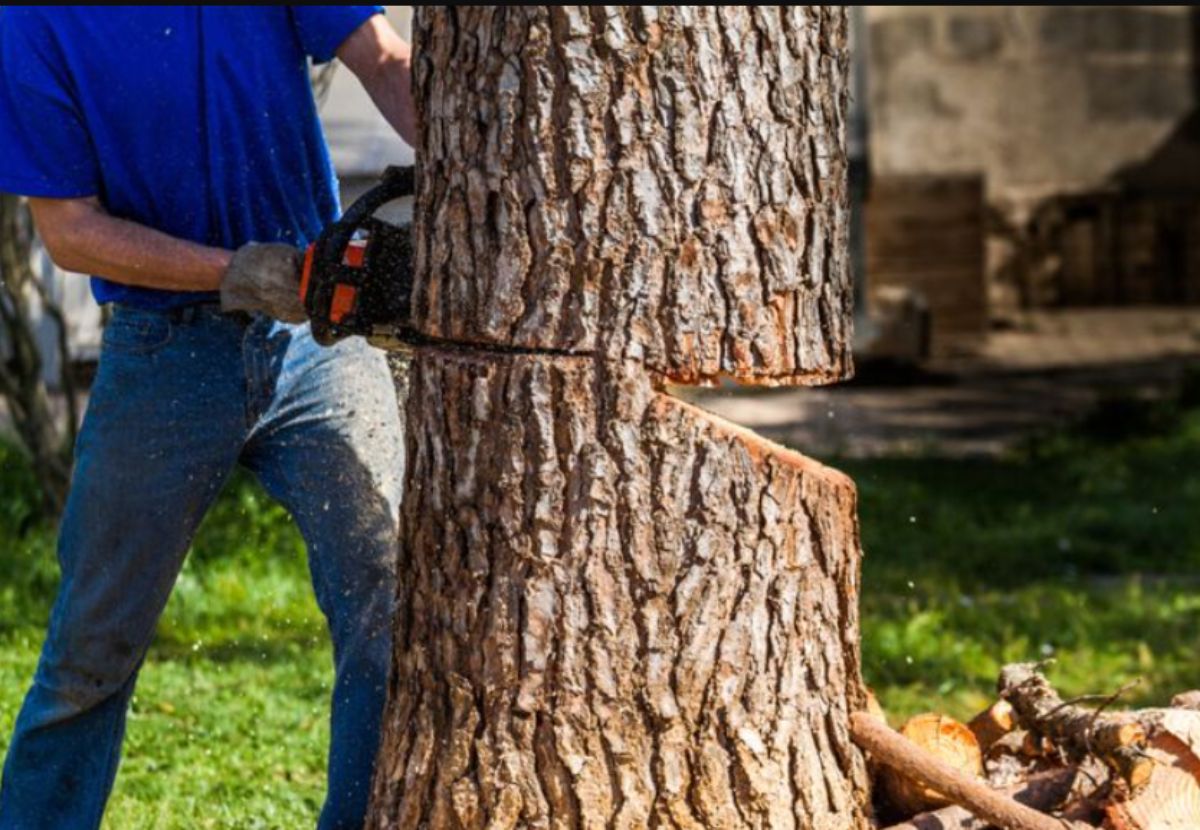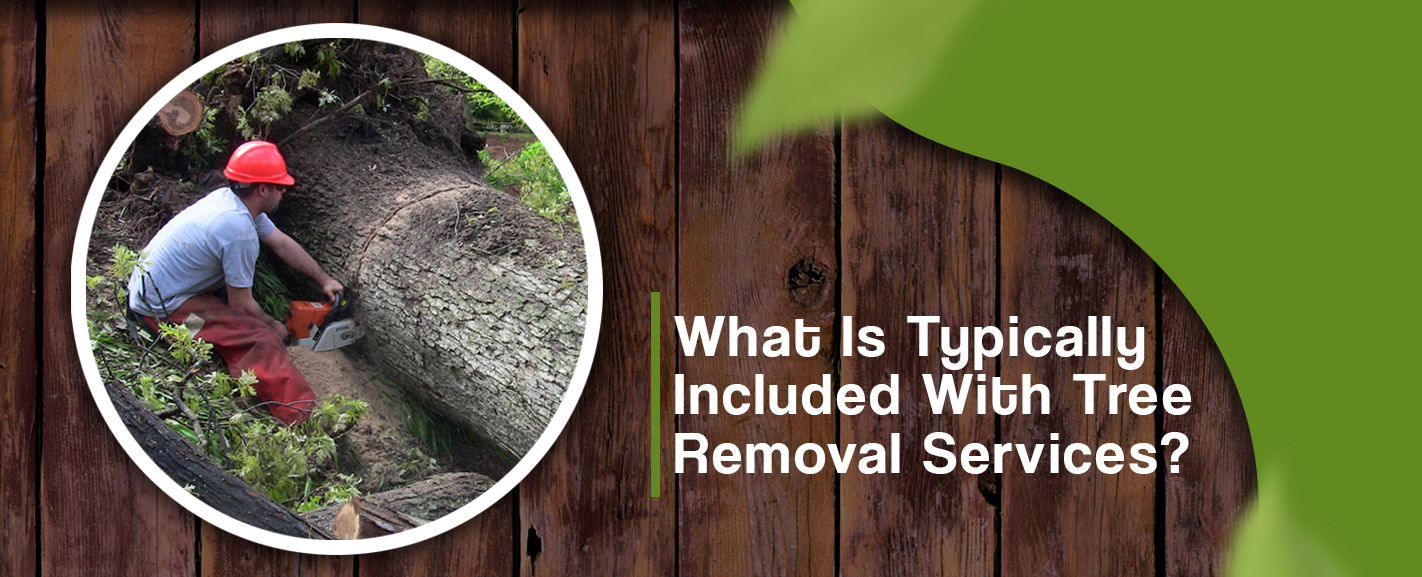Featured
Table of Contents
- – Oak Brook, IL Stump Grinding Prices: Complete ...
- – Oak Brook, IL Arborist: Budget-Friendly Options
- – Oak Brook, IL Arborist Estimates: What To Exp...
- – Quality Tree Removal At Fair Prices In Oak Br...
- – Top Tree Removal Services In Oak Brook, IL: P...
- – Oak Brook, IL Stump Removal: Price Guide
- – Oak Brook, IL Stump Removal Warranties: What'...
- – Avoiding Overpaying For A Arborist In Oak Br...
- – Oak Brook, IL Tree Cutting Customer Reviews:...
- – Local vs National Stump Removal Costs In Oak...
- – Locating Cheap Stump Removal In Oak Brook, IL
- – Oak Brook, IL Stump Grinding Reviews And Pri...
- – Compare Stump Grinding Estimates In Oak Broo...
- – Expected Costs For A Tree Cutting In Oak Bro...
- – Is An Tree Clearing Worth The Cost In Oak Br...

The subsections listed below provide more detailed details about rates, consisting of an average range for each. TypeAverage Elimination CostPineConiferPalmMagnoliaArborvitaeAshCedarSweet GumEucalyptusSycamoreCypressOakMaplePoplar You can expect to pay in between to eliminate a pine, depending upon its size. Getting rid of a pine is one of the more inexpensive tasks unless it is one that has actually been around for many years and is rather big.
Oak Brook, IL Stump Grinding Prices: Complete Guide
Pines likewise have a tap root that grows deep into the soil, which can prove to be more tough to get rid of. The procedure itself involves a professional cutting the tree, clearing the base, cutting the surface area roots, getting rid of the stump, and lastly dealing with the soil. Without an expert hand, you run the risk of leaving pine seedlings behind, which will fall from the roots of distressed pines.
Oak Brook, IL Arborist: Budget-Friendly Options
The U.S. nationwide average for conifer elimination is approximately to have the conifer cut down, transported away, and the stump ground or removed totally. Conifers are normally much easier to eliminate, and despite the fact that they can grow quite high, they do not cost a fortune to get rid of. Conifers include pine, spruce, fir, and juniper trees.
Oak Brook, IL Arborist Estimates: What To Expect
While conifers are gorgeous, they kill native plants and particular kinds of yard. This is because they need a lot of water and nutrients to endure, so they leach it off surrounding plants. They also have an expansive network of roots, which can affect your home's foundation. The average rate of palm elimination depends upon the height as much as the type, varying from.
Quality Tree Removal At Fair Prices In Oak Brook, IL
That is why it is very important to understand which type you are eliminating. While you do not need an herbicide to eliminate a palm tree, there are some steps your elimination expert will have to take to guarantee the task is done properly. There are two ways they can eliminate them: by chopping them down or digging them up.
Top Tree Removal Services In Oak Brook, IL: Pricing
This is since little animals like rats and scorpions often reside in them. Plus, lots of types will have spikes, too. From there, they remove the real tree and then the stump. Expect to pay between to eliminate this type of tree, depending on the specific size and details of the job.
Oak Brook, IL Stump Removal: Price Guide
There are 3 types: green, white, and black ash. White ash is understood for its lots of colors. With its gray-tinged bark, its leaves are green or purple in the spring and golden yellow or purplish-red in the fall. They delight in moderate climates and lots of sun. The green ash is called such due to its green or yellow foliage.
Oak Brook, IL Stump Removal Warranties: What's Covered

Due to the variation in height, the removal price variance is broad from. A coniferous, evergreen tree, the cedar is a sturdy types.
Avoiding Overpaying For A Arborist In Oak Brook, IL
The development of false cedars varies from 50 feet up to 230 feet high. With star-shaped leaves and sensational fall colors, the sweet gum is considered a medium to large tree.
Oak Brook, IL Tree Cutting Customer Reviews: Real Experiences
It has a big root base of 40 to 50 feet, which affects the removal cost. Normally, it costs in between to eliminate a eucalyptus. Eucalyptus are not typical everywhere, but they are quite big compared to others, which is why even the smaller ones are so expensive to get rid of. Originally from Australia, eucalyptus are intrusive plants that grow in thick groves that secure native plants.
Local vs National Stump Removal Costs In Oak Brook, IL
There are a handful of methods to do this, including burning, pulling, grinding, or eliminating them with herbicide. Anticipate to pay between to eliminate sycamores, based on the height, trunk size, and amount of work included. Sycamores are among the largest wood trees, normally ranging from 60 to 100 feet high and as broad as 15 feet.
Locating Cheap Stump Removal In Oak Brook, IL
The first 2 actions will expose the within the tree and cut off the circulation of nutrients up the trunk. From there, a professional uses herbicide to eliminate the tree and lower the trunk. Then, they will kill the stump. Otherwise, brand-new sprouts might grow from it. Lowering and removing a mature cypress might cost as much as.
Oak Brook, IL Stump Grinding Reviews And Pricing
There are several kinds of Cypress trees, however the most prevalent are the Leyland, Arizona, Bald, and Italian. The Bald Cypress grows in swampy or really damp locations while the others enjoy a dry, warm, or hot environment (tree trimming). They can grow as high as 80 to 100 feet tall
Compare Stump Grinding Estimates In Oak Brook, IL

Prone to illness, the Cypress is one of the most treasured woods for furnishings. The average oak grows to around 60 feet, and depending on the intricacy of the removal, it costs approximately to remove. The precise size of your oak and the effort needed to fell it impact what you will really pay for elimination together with any additional services like stump grinding.
Expected Costs For A Tree Cutting In Oak Brook, IL
Access to the trees and the roots will likewise impact the overall cost. Maples are typically among the more costly trees to eliminate since of their size and the work involved in the removal.
Is An Tree Clearing Worth The Cost In Oak Brook, IL?
Growing as high as 90 to 115 feet, these enormous woods are mainly discovered in North America and consist of the aspen, cottonwood, and balsam trees. The procedure to remove trees includes all the trimming and cutting of the branches and trunk, bringing it down to a stump.
Table of Contents
- – Oak Brook, IL Stump Grinding Prices: Complete ...
- – Oak Brook, IL Arborist: Budget-Friendly Options
- – Oak Brook, IL Arborist Estimates: What To Exp...
- – Quality Tree Removal At Fair Prices In Oak Br...
- – Top Tree Removal Services In Oak Brook, IL: P...
- – Oak Brook, IL Stump Removal: Price Guide
- – Oak Brook, IL Stump Removal Warranties: What'...
- – Avoiding Overpaying For A Arborist In Oak Br...
- – Oak Brook, IL Tree Cutting Customer Reviews:...
- – Local vs National Stump Removal Costs In Oak...
- – Locating Cheap Stump Removal In Oak Brook, IL
- – Oak Brook, IL Stump Grinding Reviews And Pri...
- – Compare Stump Grinding Estimates In Oak Broo...
- – Expected Costs For A Tree Cutting In Oak Bro...
- – Is An Tree Clearing Worth The Cost In Oak Br...
Latest Posts
Corinth, TX Stump Grinding Disposal Costs
Bellbrook, OH Tree Removal Reviews: Real Experiences
Inspection Costs For Stump Removal In Oak Park, MI
More
Latest Posts
Corinth, TX Stump Grinding Disposal Costs
Bellbrook, OH Tree Removal Reviews: Real Experiences
Inspection Costs For Stump Removal In Oak Park, MI